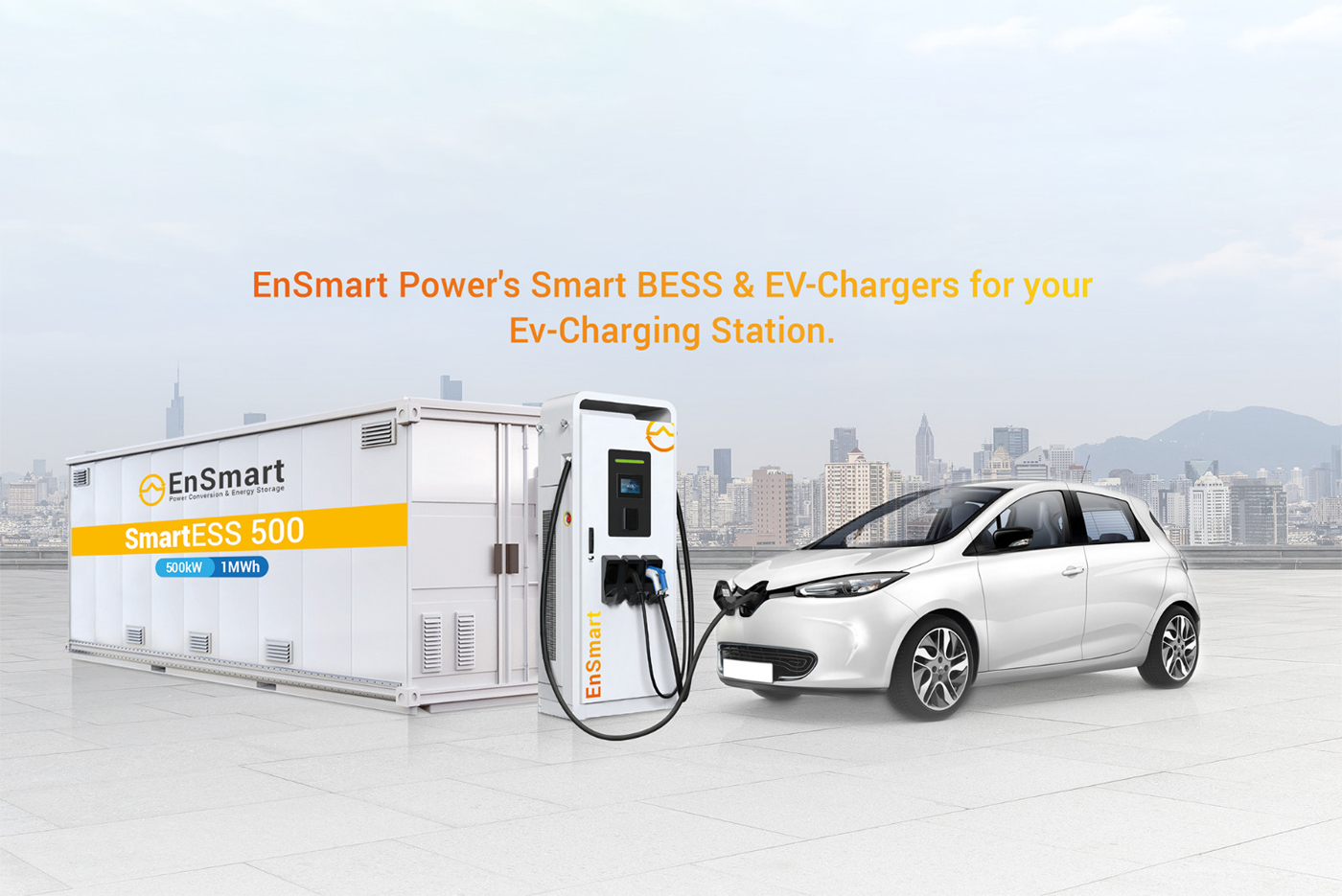Demand Response
Demand side management as a key to fulfill smart grid potential
Get paid for both participation and performance!
Demand response (DR) involves adapting how electricity is used based on signals or rewards from grid operators or utilities. The main aim is to keep a balance between the amount of electricity available and what is needed, particularly during times of high demand. This approach enhances the overall efficiency and dependability of the electrical grid.
In a demand response program, participants—such as industrial facilities, commercial buildings, or even households—choose to cut back or shift their electricity consumption during peak demand periods. This can be done by tweaking heating or cooling systems, temporarily powering down non-essential equipment, or utilizing energy storage systems on-site. The voluntary adjustments made by participants contribute to a more effective and stable electricity grid.
Your Benefits
Grid stability : Helps prevent grid overloads and reduces the risk of blackouts during periods of high demand, enhancing overall grid reliability.
Cost savings : Consumers participating in demand response programs can benefit from lower electricity costs or receive financial incentives.
Efficiency : Promotes efficient use of existing infrastructure, avoiding the need for additional power plants that might only be used during peak times.
Our Solutions
Industrial ESS
Take advantage of demand response programs
Generate incomes
Reduce Emissions
No Blackouts
How it Works?
Peak Demand Identification: Grid operators identify peak demand periods, usually during times of high electricity usage, such as hot summer afternoons.
Communication and Signals: Grid operators or utilities send signals to participants in the demand response program, indicating that it's a peak demand period.
Consumer Response: Participants voluntarily reduce or shift their electricity usage during these peak times. This can involve adjusting thermostats, turning off non-essential equipment, or using energy storage systems.
Incentives: Participants may receive financial incentives, reduced electricity rates, or other benefits for their cooperation in reducing demand.

Do you want to participate to demand response programs?
We are here to discuss the opportunities within your situation. Let’s talk about how with Ensmart Power energy storage systems can help you with demand response management.
SEE OUR SOLUTIONS



